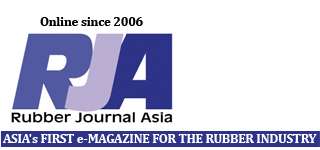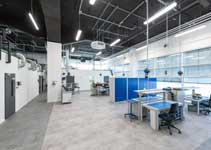Japan’s Bridgestone Corporation has developed a new Tyre and Road Wear Particles (TRWP) vehicle collection method aimed at understanding the environmental impact of TRWP.
TRWP is made up of a blend of road pavement components and tread (tyre surface). In order to comprehend the particle size distribution, dispersion behaviour, and environmental impact – as well as to create effective collecting techniques – Bridgestone is actively engaged in a number of TRWP research projects. The company is dedicated to comprehending TRWP and lowering its generation through these initiatives.
Utilising the B-Mobility testing facility at the Bridgestone Innovation Park in Kodaira, Tokyo, the company has created a technique that makes it possible to gather TRWP effectively. Bridgestone has used laser light scattering in conjunction with a high-speed camera to visualise the dispersion of particles like TRWP.
Based on this, the company says it has developed a device that effectively catches TRWP and covers the whole tyre. Additionally, the technique made it possible to collect TRWP effectively in a state that removes the effects of exhaust pollutants and broken dust by employing autonomous driving and an electric car with regenerative braking.
Through the Tire Industry Project (TIP), which is part of the World Business Council for Sustainable Development (WBCSD), Bridgestone adds it has been researching the physical and chemical properties of TRWP and their implications on the environment.
In addition to the continuous co-creation and internal R&D cooperation, Bridgestone is speeding up its efforts to evaluate TRWP’s environmental consequences by collecting it effectively and with a high recovery rate using its recently developed collection technology.

